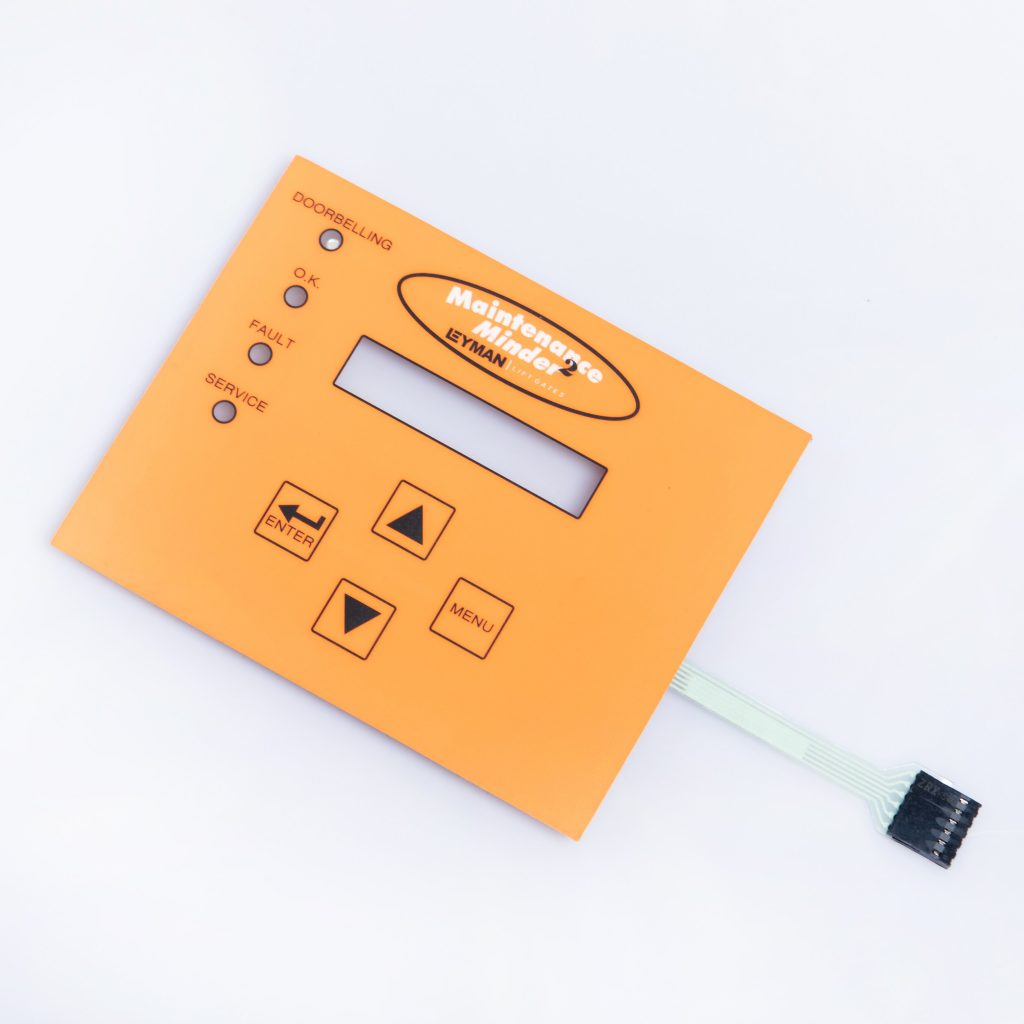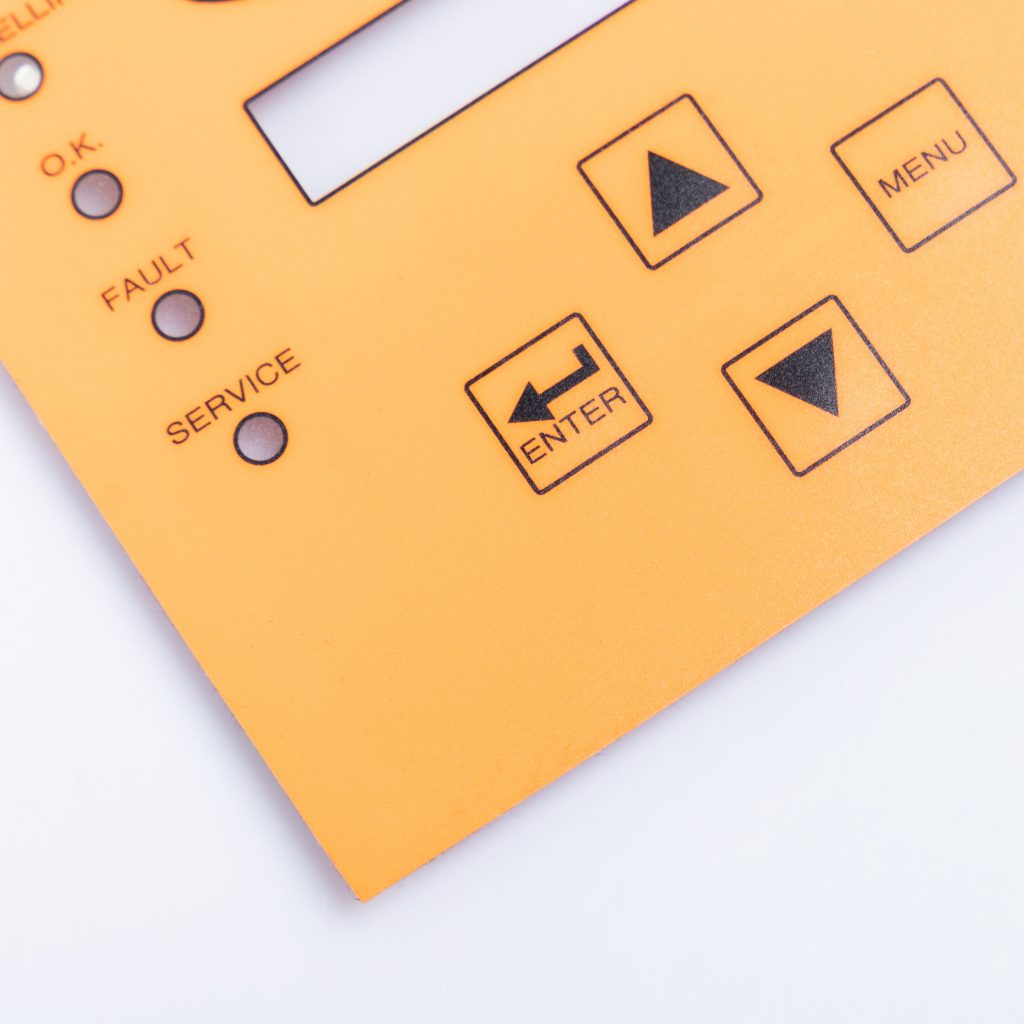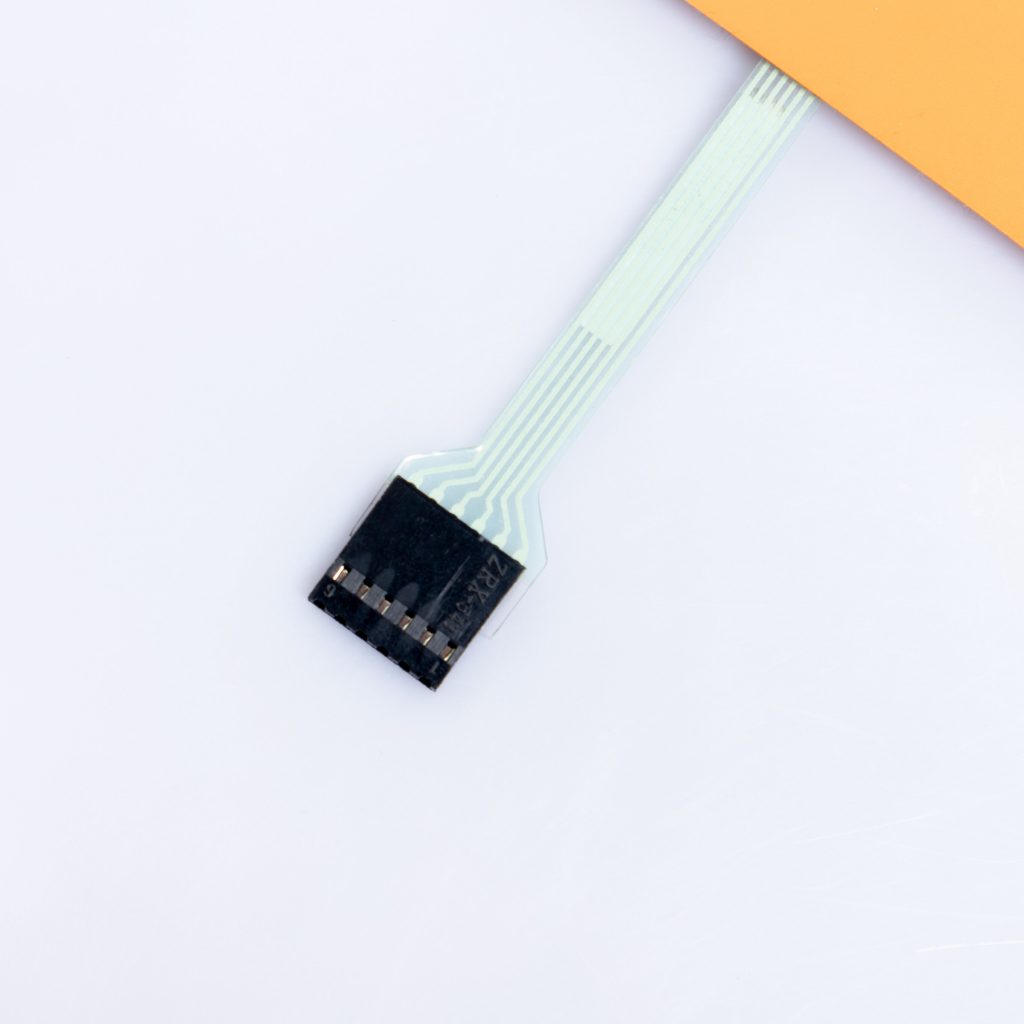Contact
Write to Us And We Would Be Happy to Advise You.
Do you have any questions, or would you like to speak directly with a representative?
By hqt
Capacitive switches are an integral part of modern electronic devices, playing a crucial role in enhancing user experience by offering a seamless and responsive interface. These switches, known for their durability and sleek design, are commonly found in various applications, including smartphones, household appliances, and industrial control panels. In this article, we’ll delve into the inner workings of capacitive switches, exploring how they operate, their advantages, and their diverse applications.



Capacitive switches are touch-sensitive devices that operate based on the principles of capacitance, a fundamental electrical property. Unlike traditional mechanical switches that require physical pressure to make or break a connection, capacitive switches detect the presence of a conductive object, typically a human finger, to initiate an action. This non-mechanical nature contributes to their widespread use in touch-sensitive interfaces, where sleek design and durability are essential.
To understand how capacitive switches work, it’s important to grasp the basic concept of capacitance. Capacitance is the ability of a system to store an electrical charge. It occurs when two conductive plates are separated by an insulating material (dielectric). When a voltage is applied across the plates, an electric field is created, and charge is stored.
The capacitance (C) of this system is given by the formula:
C=εAdC = \frac{\varepsilon A}{d}C=dεA
Where:
Capacitive switches exploit changes in capacitance caused by the presence of a conductive object near the switch surface.
Capacitive switches operate by detecting variations in capacitance when a finger or another conductive object approaches or touches the switch surface. Here’s a step-by-step breakdown of how this process works:
a. The Capacitive Sensor:
At the core of a capacitive switch is a capacitive sensor, usually a simple conductive pad embedded in the switch. This pad is connected to a circuit that continuously monitors its capacitance.
b. Detection of Capacitance Change:
When a finger approaches the surface of the switch, it acts as a second conductive element, creating a small capacitor with the sensor pad. This presence alters the local electric field, causing a measurable change in the capacitance value.
c. Signal Processing:
The capacitive sensor’s circuitry detects the change in capacitance and converts it into a digital signal. This signal is then processed by the device’s control unit, which interprets the change as a touch or proximity event.
d. Triggering an Action:
Once the control unit registers a valid touch signal, it triggers the corresponding action, such as turning on a light, changing a setting, or executing a command on a touchscreen device.
Capacitive switches come in various designs, tailored for specific applications. The two most common types are:
a. Surface Capacitance Switches:
In surface capacitance switches, a conductive layer covers the entire touch surface. When a finger touches the surface, it draws a small charge away from the conductive layer, reducing the capacitance and triggering a response.
b. Projected Capacitance Switches:
Projected capacitance switches are more advanced and are used in multi-touch devices like smartphones. They have a grid of electrodes beneath the touch surface, forming individual capacitors at each intersection. When a finger touches the surface, it affects multiple capacitors, allowing precise detection of touch location and even the simultaneous detection of multiple touch points.
Capacitive switches offer several advantages over traditional mechanical switches, making them the preferred choice in many modern applications:
a. Durability:
Since capacitive switches have no moving parts, they are less prone to wear and tear, resulting in a longer lifespan compared to mechanical switches.
b. Aesthetics:
Capacitive switches allow for sleek, flat surfaces without the need for protruding buttons, enhancing the overall aesthetic appeal of devices.
c. Hygiene:
The flat surfaces of capacitive switches are easier to clean, making them ideal for applications in environments where hygiene is crucial, such as in medical equipment or kitchen appliances.
d. Flexibility:
Capacitive technology can be easily integrated into various materials, including glass, plastic, and metal, offering design flexibility.
e. Multi-Touch Capability:
Advanced capacitive switches, particularly projected capacitance types, support multi-touch functionality, enabling complex gestures and commands on touchscreens.
Capacitive switches are ubiquitous in today’s technology landscape, finding applications across numerous industries. Some notable examples include:
a. Consumer Electronics:
Smartphones, tablets, and laptops widely use capacitive switches for touchscreens, providing responsive and intuitive user interfaces.
b. Home Appliances:
Capacitive touch controls are increasingly common in kitchen appliances, such as microwaves, ovens, and induction cooktops, offering easy-to-clean, buttonless interfaces.
c. Automotive Industry:
In modern vehicles, capacitive switches are used in infotainment systems, climate controls, and even steering wheel controls, enhancing user convenience and safety.
d. Industrial Control Panels:
Capacitive switches are also employed in industrial settings where reliability and resistance to harsh conditions are essential. They are used in control panels for machinery, where they offer durability and ease of use.
e. Medical Devices:
In the medical field, capacitive switches are favored for their ease of cleaning and their ability to be sealed against contaminants, making them suitable for surgical instruments, patient monitoring devices, and diagnostic equipment.
While capacitive switches offer numerous benefits, they also come with certain challenges and considerations:
a. Sensitivity to Environmental Factors:
Capacitive switches can be sensitive to changes in humidity, temperature, and nearby conductive objects, which may lead to false triggers or reduced performance.
b. Gloved Operation:
Standard capacitive switches may not function well when used with gloves, as the glove material may not conduct electricity effectively. However, this can be mitigated with specially designed switches or gloves.
c. Cost:
Capacitive technology can be more expensive to implement than traditional mechanical switches, particularly for advanced multi-touch systems.
The field of capacitive switches continues to evolve, with ongoing innovations aimed at addressing current limitations and expanding their applications. Some emerging trends include:
a. Improved Glove Sensitivity:
Researchers are developing capacitive switches that can reliably detect touches through gloves, expanding their usability in medical, industrial, and outdoor applications.
b. Force-Sensitive Capacitive Switches:
Combining capacitive sensing with force detection is an emerging trend, allowing switches to not only detect touch but also measure the amount of pressure applied. This can lead to more versatile input methods in devices like smartphones and gaming consoles.
c. Integration with IoT:
Capacitive switches are being increasingly integrated into Internet of Things (IoT) devices, allowing for more sophisticated and connected control systems in smart homes and industrial automation.
d. Transparent and Flexible Displays:
Capacitive technology is also being adapted for use in transparent and flexible displays, paving the way for new types of touch-sensitive devices, including foldable screens and smart windows.
Capacitive switches represent a significant advancement in the field of human-machine interaction, offering a combination of durability, design flexibility, and enhanced user experience. From consumer electronics to industrial machinery, these switches have become a cornerstone of modern technology. As innovations continue to emerge, the role of capacitive switches is set to expand, bringing even more intuitive and responsive interfaces to the devices we use every day.
Do you have any questions, or would you like to speak directly with a representative?